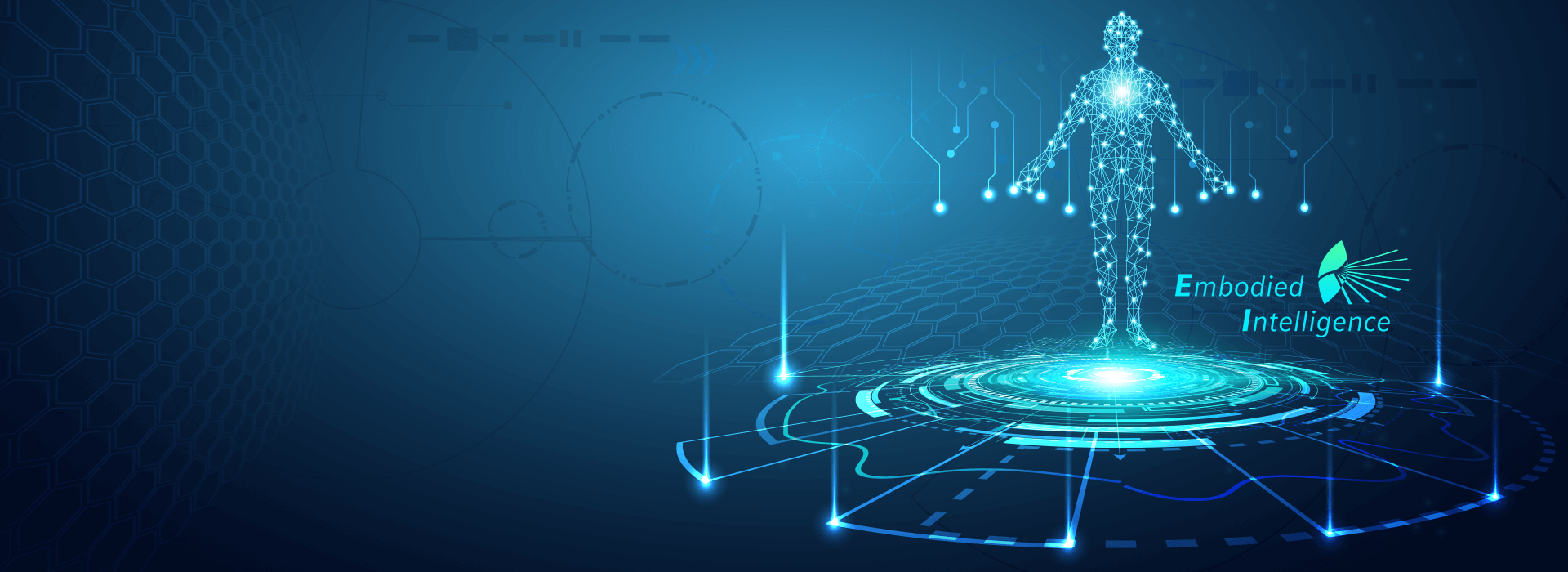The Digital Transformation 2.0 is a highly-dynamic process that is leading to a completely new economic architecture dimension. As a result, the use of digital ecosystems is turning into an imperative success factor for companies given that day-to-day products and goods are becoming digital building blocks for the realization of a significant part of the value chain. Embodied intelligence will be one of the future players in these digital ecosystems. And in order to successfully address this paradigm change, the development of the production landscape in Germany must be even more strongly characterized by overriding issues such as adaptability, real-time systems, autonomous control and sustainability.
Progress in autonomous machines illustrates how AI and robotics are converging in more and more areas. The emergence of embodied intelligence is closely related to this development. Things that contain embodied intelligence are systems that can regulate themselves and increasingly react to changes in their environments in an adaptive fashion. They can also react with little or no human intervention and in the future be able to represent parts of our infrastructures. While initial approaches are already being employed today, it won’t be until the future that much more mature forms will appear.
Embodied intelligence as a future driver of growth
A team of fortiss scientists led by project manager Markus Duchon explains that over the mid-term, machines with embodied intelligence will form the central basis of innovation for the next cycle of growth. This applies especially to the platform economy. For this reason, the use of EI can be formulated as a long-term societal, economic and technology goal. Furthermore, developments in these areas will yield great human benefits in key fields of application such as information and communications technology and the integrated sensor systems, intelligent materials and production, plus energy supply and transport.
In their presentation, Markus Duchon and his colleagues explain that previous physical marketplaces and value chain systems are increasingly evolving into virtual infrastructures. This trend is clearly visible not only with online retailers and social media, but also in the allocation of government and public administration tasks. At the same it time it has become readily apparent that in terms of decentralized energy production, the development of satellite-based communication infrastructures or the use of self-driving vehicles, although humans will initially be responsible for operating the existing infrastructures, in the future these tasks will be assumed by EI systems.




